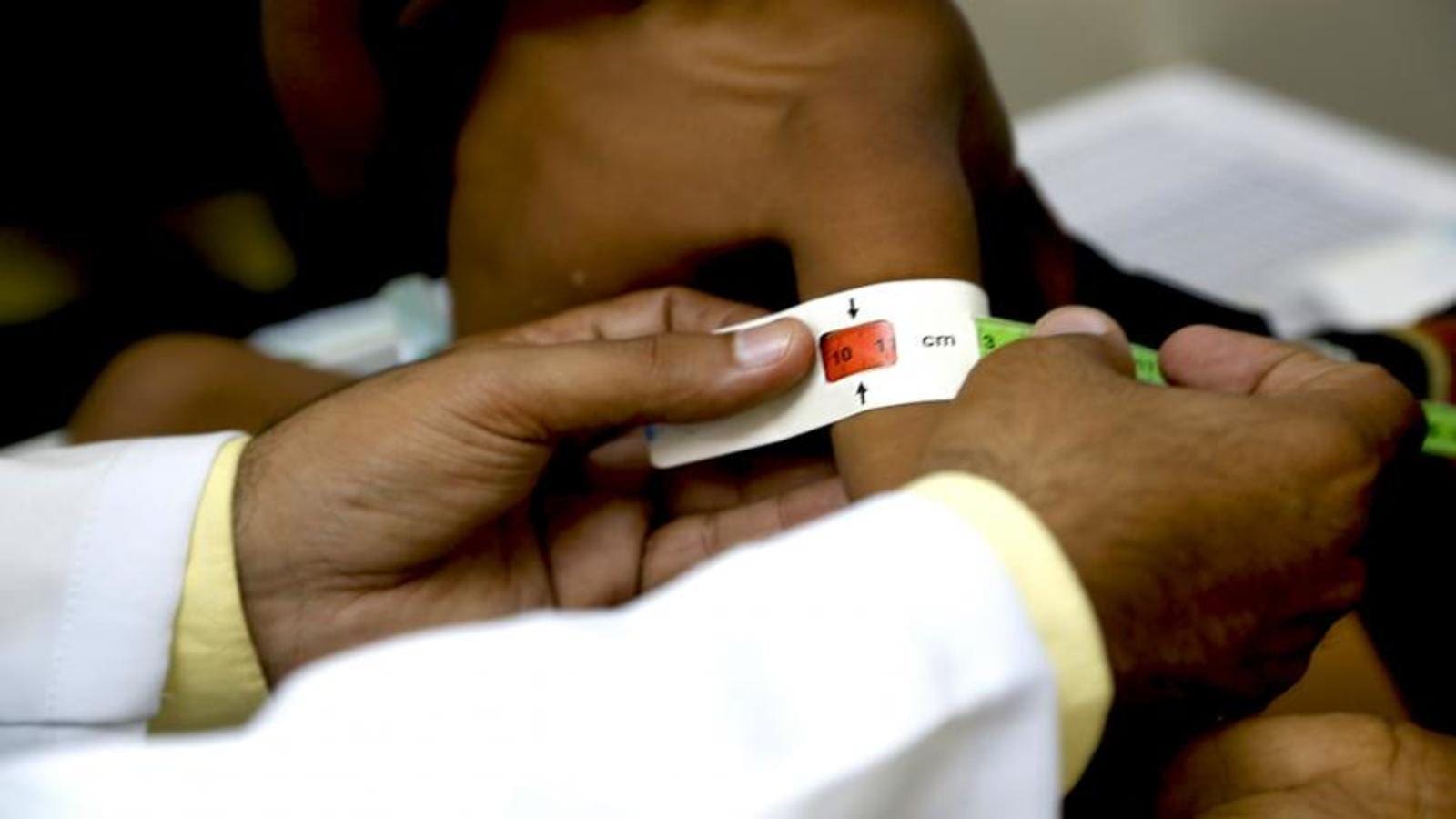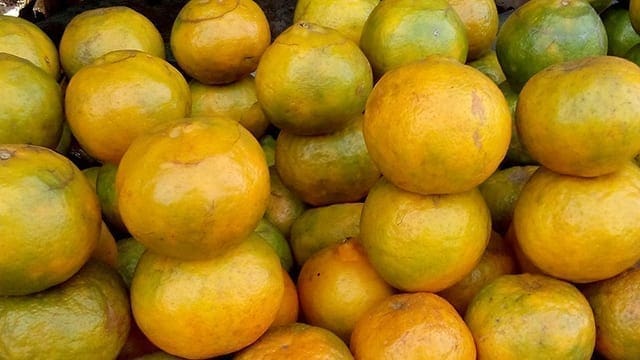AFRICA – The United Nations agency responsible for providing humanitarian and developmental aid to children worldwide UNICEF, has made an urgent call to humanitarian actors in Africa and Yemen and the international community on the ground to urgently expand access to and support for nutrition, health, water and sanitation services for children and families.
This comes as the agency revealed shocking statistics that 10.4 million children are projected to suffer from acute malnutrition in 2021 in the Democratic Republic of the Congo (DRC), northeast Nigeria, the Central Sahel, South Sudan and Yemen.
Coupled with the deadly pandemic of COVID-19, all these countries are experiencing dire humanitarian crises triggered by ongoing conflict and insecurity while also grappling with intensifying food insecurity, looming famine, climate shocks, limited access to essential nutrition, health care and water, sanitation and hygiene services.
“Families already struggling to feed their children and themselves are now on the brink of famine. We can’t let them be the forgotten victims of 2020.”
UNICEF Executive Director – Henrietta Fore
With fear that the numbers could rise further without urgent action, UNICEF has appealed for more than US$1 billion to support its lifesaving nutrition programmes for children in the affected countries over 2021.
“For countries reeling from the consequences of conflicts, disasters and climate change, COVID-19 has turned a nutrition crisis into an imminent catastrophe,” said UNICEF Executive Director Henrietta Fore.
“Families already struggling to feed their children and themselves are now on the brink of famine. We can’t let them be the forgotten victims of 2020,” she said.
Projected statics per country
In the Democratic Republic of the Congo, an estimated 3.3 million children under five will suffer from acute malnutrition in 2021, including at least 1 million with severe acute malnutrition.
In northeast Nigeria, more than 800,000 children are expected to suffer from acute malnutrition in 2021, including nearly 300,000 with severe acute malnutrition who are at imminent risk of death.
In the northwest of the country, the nutrition situation is even more dire. Kebbi State is experiencing a chronic malnutrition rate of 66 per cent, more than 20 per cent higher than Borno State in the northeast.
Also, in Nigeria’s northwest, Sokoto State, close to 18 per cent of children suffer from wasting and 6.5 per cent suffer from severe wasting.
East African country, South Sudan, The Integrated Food Security Phase Classification (IPC) update released recently indicated a further deterioration of food security, with almost 7.3 million people – 60 per cent of the population – expected to be facing severe acute food insecurity in 2021.
An estimated 1.4 million children are expected to suffer from acute malnutrition in 2021, the highest since 2013.
Meanwhile, the number of children suffering from severe acute malnutrition is expected to increase from about 292,000 children this year to over 313,000 children in 2021.
In the Central Sahel countries of Burkina Faso, Mali and Niger an estimated 5.4 million people are projected to struggle to meet their daily food needs during the next lean season.
Acute food insecurity has increased by 167 per cent in Burkina Faso, 34 per cent in Mali and 39 per cent in Niger, compared with the five-year average.
The number of children suffering from acute malnutrition could rise by 21 per cent. This would bring the total number of malnourished children in the three countries to a staggering 2.9 million, including 890,000 children suffering from severe acute malnutrition.
Across Yemen, over 2 million children under five years of age suffer from acute malnutrition, including nearly 358,000 with severe malnutrition.
In 133 districts in southern Yemen, home to 1.4 million children under five, recent analysis reveals a near 10 per cent increase in children with acute malnutrition between January and October 2020.
This includes a more than 15 per cent increase – nearly 100,000 children – in cases of severe acute malnutrition.
A similar analysis is being finalized for northern Yemen and alarming results are expected there as well.
Providing food not only loaded with calories but nutrients
The multifaceted menace of malnutrition which has ravaged the continent for years has seen both public and private sectors players continuously working to try find solutions to the situation.
According to experts from Global Alliance for Improved Nutrition (GAIN), food fortification is one of the ways that has proven to be a cost-effective public health intervention that can reduced nutrient deficiency at scale including among the poorest and most vulnerable.
Through it will ensure that as focus is turned towards making sure people have something to eat through staple foods like maize, it is not only loaded with calories but it is nutritionally optimal.
Universal salt iodization is often cited as a fortification success, providing iodine to vast numbers of people around the world over many decades including in Africa.
Other than this, some parts of the continent have made progress in the implementation of various fortification programs over the last 20 years enriching widely consumed foods like wheat, maize, salt and edible oils with iron, iodine, vitamin A, folate (Vitamin B9) and Zinc.
Liked this article? Subscribe to Food Business Africa News, our regular email newsletters with the latest news insights from Africa and the World’s food and agro industry. SUBSCRIBE HERE










